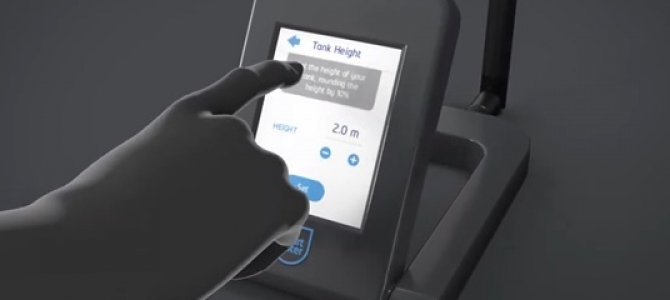 Shopping Cart
Shopping Cart
06 September 2024
Water Tank Level Indicators: A Guide for Homeowners

Welcome to the Future of Home Water Management
Are you a homeowner or sustainable living advocate looking for smarter ways to manage water usage at home? You're in the right place. As water scarcity becomes a growing concern, rainwater harvesting has gained popularity for its eco-friendly benefits. However, managing a water tank without knowing its level can be quite challenging. That's where water tank level indicators come in.
In this guide, you'll learn everything you need to know about choosing, installing, and using water tank level indicators. We'll walk you through the different types available, and the benefits they offer, and even provide a DIY installation guide. By the end of this post, you'll be well-equipped to make an informed decision and take the first step towards more efficient water management.
Why Every Home Needs a Water Tank Level Indicator
Managing your water supply efficiently is crucial, especially if you're using rainwater harvesting systems. Water tank level indicators provide real-time information about the water level in your tank, helping you avoid overflows and optimise usage. These devices are essential for anyone serious about sustainable living and effective water management.
Types of Water Tank Level Indicators
Float Switches
Float switches are one of the oldest and most reliable types of water tank level indicators. They operate using a buoyant float that rises and falls with the water level, triggering a switch to indicate the level.
- Pros: Simple, reliable, and cost-effective.
- Cons: May require manual readings and maintenance.
Ultrasonic Sensors
Ultrasonic sensors measure the water level using sound waves. These sensors are highly accurate and can provide real-time data.
- Pros: High accuracy, real-time monitoring, and minimal maintenance.
- Cons: Can be more expensive and may require professional installation.
Pressure Sensors
Pressure sensors detect the water level based on the pressure exerted by the water column. These are often used in industrial applications but are also suitable for home use.
- Pros: Accurate and reliable.
- Cons: May require calibration and professional installation.
Smart Water Tank Level Indicators
Smart Water Tank Level Indicators, like the ones from Smart Water, integrate technology such as WiFi and cloud-based monitoring. These systems offer advanced features like remote monitoring, alerts, and data analytics.
- Pros: Remote monitoring, alerts, and advanced analytics.
- Cons: Higher initial cost and may require a stable internet connection.
Factors to Consider When Choosing an Indicator
Tank Size and Material
Your tank's size and material will influence the type of indicator you should choose. Ensure that the indicator is compatible with your tank's dimensions and material to ensure accurate readings.
Installation Options
Consider how easy or difficult it will be to install the indicator. Some types are more DIY-friendly, while others may require professional installation.
Compatibility
Make sure the indicator is compatible with different tank types, including plastic, metal, and concrete tanks. This will ensure you get the most accurate readings possible.
DIY Installation Guide for Water Tank Level Indicators
Tools and Materials Needed
- Water Tank Level Indicator
- Drill
- Screws and Anchors
- Screwdriver
- Sealant
Step-by-Step Instructions
1. Choose the Installation Spot:
Select a location on your tank that will allow the indicator to give the most accurate readings.
2. Drill Holes:
Drill holes at the marked locations for screws and anchors.
3. Attach the Indicator:
Secure the indicator to the tank using screws. Apply sealant to ensure it's watertight.
4. Connect Power Supply:
If you're installing an electronic indicator, connect it to the power supply according to the manufacturer's instructions.
5. Test the Indicator:
Fill the tank and check if the indicator is providing accurate readings.
For more detailed instructions, refer to the Smart Water installation guide.
The Benefits of Using Water Tank Level Indicators
Water Conservation
Water tank level indicators help you monitor and optimise your water usage, leading to significant water conservation. Knowing exactly how much water you have can prevent unnecessary waste.
Cost-Effectiveness
By avoiding overflows and efficiently managing your water supply, you can save money on water bills and reduce the need for costly repairs due to water damage.
Convenience
Real-time monitoring and alerts mean you can manage your water supply effortlessly, giving you peace of mind and freeing up time for other tasks.
Conclusion
Water tank level indicators are a simple yet effective tool for managing your water supply efficiently. Whether you're a homeowner, a sustainable living advocate, or a DIY enthusiast, these devices offer numerous benefits, from water conservation to cost savings.
We encourage you to consider installing a water tank level indicator to make the most out of your rainwater harvesting system. With options ranging from float switches to advanced Smart Water solutions, there's something to suit every need and budget.
